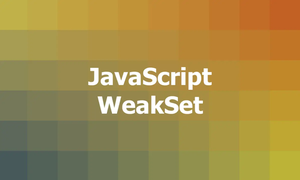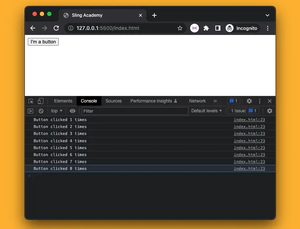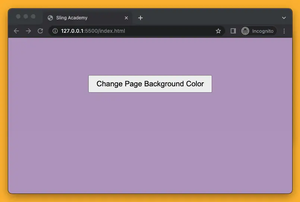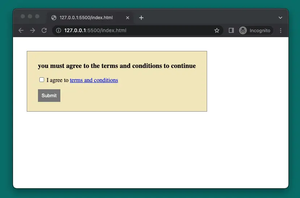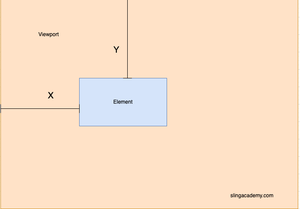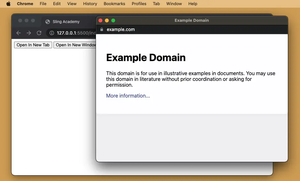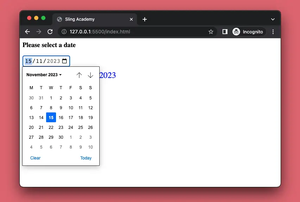Web development is continuously evolving, offering developers new ways of controlling and enhancing the look and feel of websites and applications. One exciting advancement in the realm of CSS is the Houdini API, which allows developers to hook into CSS processing engines like never before. This provides an excellent opportunity for JavaScript developers to create custom CSS at various levels of the rendering pipeline.
What is the Houdini API?
The Houdini API is a collection of low-level APIs defined by the CSS Houdini Task Force that gives developers expanded capabilities in manipulating and creating CSS. With Houdini, you can interface directly with the CSS rendering process, enabling you to write custom style processing logic, animate complex transitions, and create new styling effects beyond the capabilities of conventional CSS.
Getting Started with Houdini
To start experimenting with Houdini, one must understand a few key concepts and interfaces provided by the API:
- Paint API: This allows you to define how elements are painted on the screen. You can write custom paint worklets to specify your drawing methods.
- Layout API: Enables custom layout algorithms.
- Typed Object Model (Typed OM): Provides a way to work with CSS values in a more type-aware manner, potentially improving performance and ease of use.
- Animation API: Offers a granular level of control over CSS animations.
Using the Paint API
The Paint API is one of the most accessible and useful parts of Houdini, letting developers create custom graphics for backgrounds, borders, and more. Below is a simple example of how to use this API:
if ('paintWorklet' in CSS) {
CSS.paintWorklet.addModule('customPaint.js');
}
This snippet checks if the paintWorklet is supported and adds a module named customPaint.js. In this module, you'll define the custom drawing logic. Here's an example of what such a module might look like:
// customPaint.js
registerPaint('circles', class {
static get inputProperties() {
return ['--circle-color'];
}
paint(ctx, size, properties) {
const color = properties.get('--circle-color');
const radius = Math.min(size.width, size.height) / 2;
ctx.fillStyle = color.toString();
ctx.beginPath();
ctx.arc(size.width / 2, size.height / 2, radius, 0, 2 * Math.PI);
ctx.fill();
}
});
In this example, registerPaint is used to create a new paint worklet called 'circles'. The inputProperties static method declares which CSS custom properties the paint worklet should read. The paint method is where the drawing occurs.
Applying the Custom Paint
Once you have your paint module set up, applying it in CSS is simple:
.box {
--circle-color: blue;
background-image: paint(circles);
}
This CSS code applies the circles paint module to elements with the class box, resulting in a circular design pattern as the background.
Benefits and Considerations
Using the Houdini API not only gives you more power over styling but can also potentially lead to performance improvements by reducing the need for multiple DOM elements or large images just to create certain effects. However, it's essential to note that Houdini is a relatively new technology and may not be supported across all browsers just yet. It’s wise to use feature detection and provide fallbacks where appropriate.
Conclusion
The Houdini API represents a cutting-edge way for developers to approach CSS with programmatic control via JavaScript. By leveraging this technology, you can enhance your site’s visuals dynamically and interactively, pushing the limits of what can be accomplished with traditional CSS methods. As support for the Houdini API grows, its usage will likely become an integral part of any front-end developer's toolkit.

